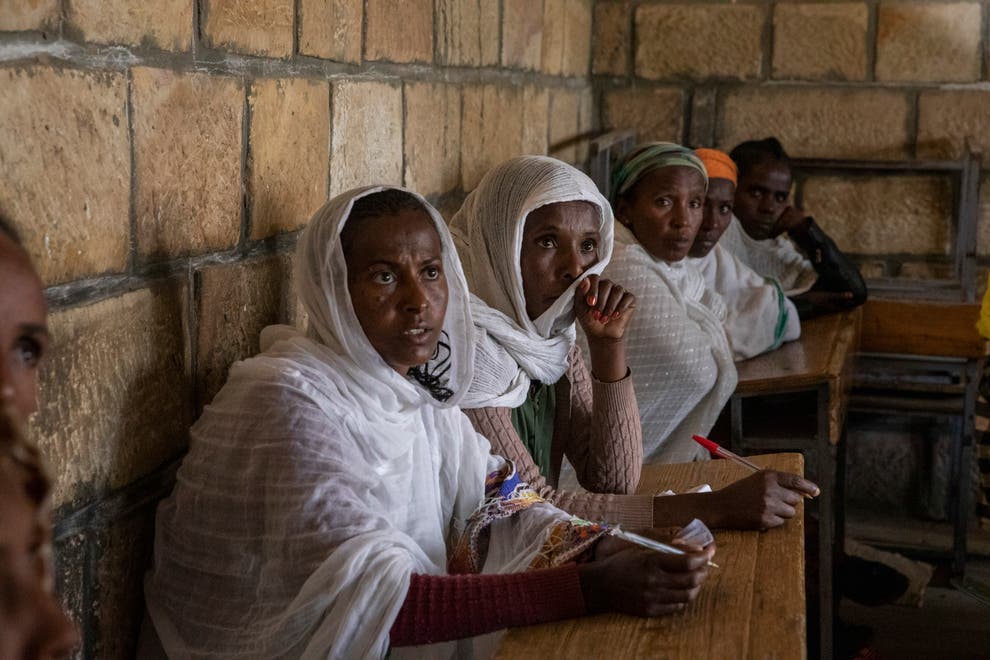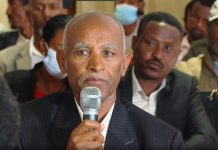Africa-Press-Ethiopia
Civilians massacred. Journalists arrested. People starving to death. Ethiopia’s government is under growing pressure to allow the world to see firsthand what has occurred in its embattled Tigray region as its Nobel Peace Prize-winning prime minister rejects “partisan interventions.”
That pressure is expected to spike this month as the United States chairs the United Nations Security Council and addresses the first major African crisis of the Biden administration. Millions of dollars in aid to Ethiopia a key security ally in the region, are at stake.
Here’s a look at the turmoil in Tigray as the Security Council meets behind closed doors on Thursday to discuss it:
WHAT ABOUT CIVILIANS MASSACRED?
Last month The Associated Press exposed the killing of an estimated 800 people in the city of Axum, citing several witnesses, and a week later Amnesty International reported “many hundreds” killed there, citing more than 40 witnesses. Soldiers from neighboring Eritrea, long an enemy of Tigray’s now-fugitive leaders, were blamed.
Ethiopia continues to deny the Eritreans’ presence, even as senior officials with the interim Tigray government that Ethiopia appointed are increasingly outspoken about them. There is growing concern that Ethiopian Prime Minister Abiy Ahmed who won the Nobel in 2019 for making peace with Eritrea, has now teamed up with it in war. Eritrea called the AP story on Axum “outrageous lies.”
Amid the denials, untold thousands of civilians have been killed as Ethiopian and allied forces pursue the former Tigray leaders who once dominated Ethiopia’s government before Abiy took office in 2018. Each side came to regard each other as illegitimate, then turned to fighting.






